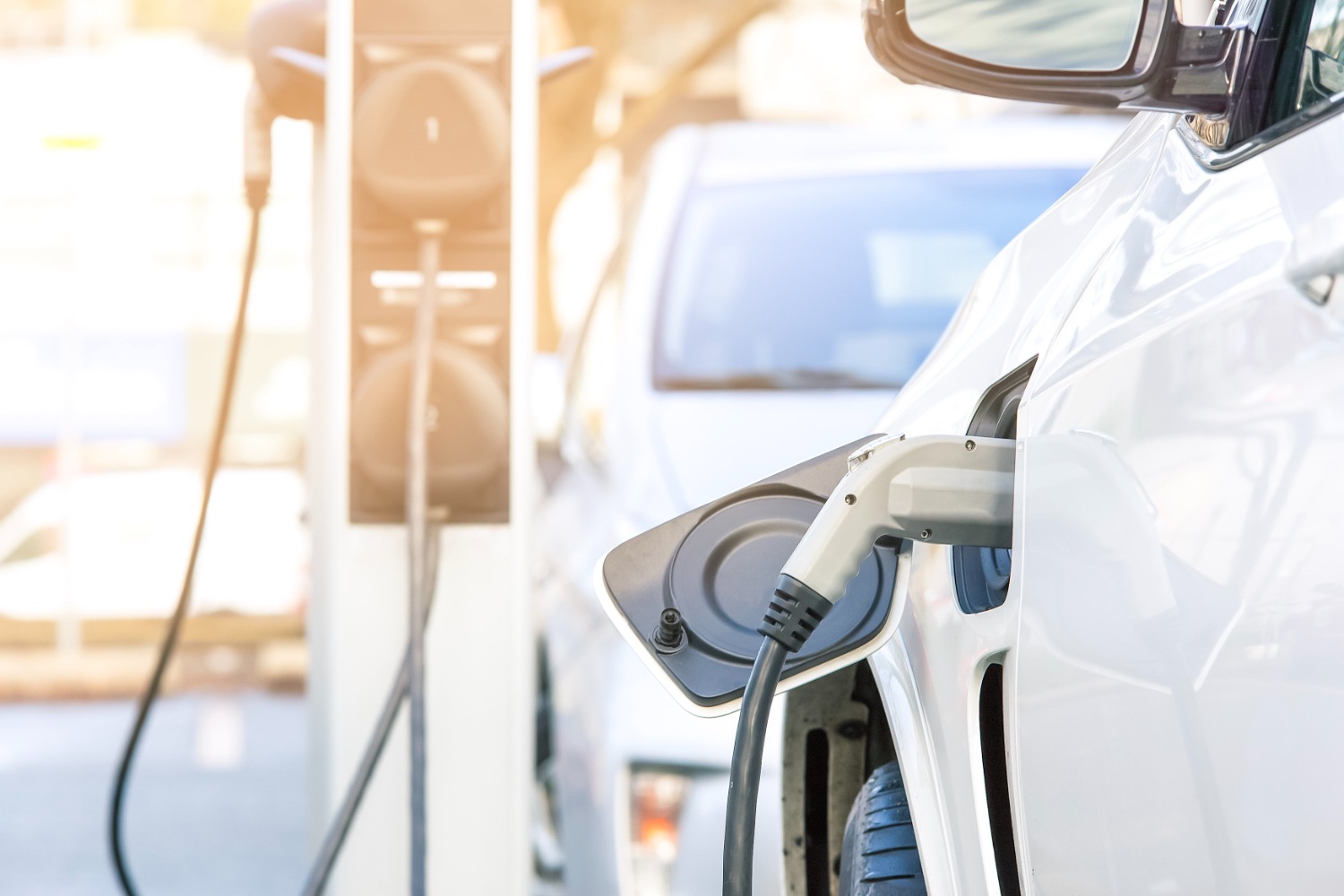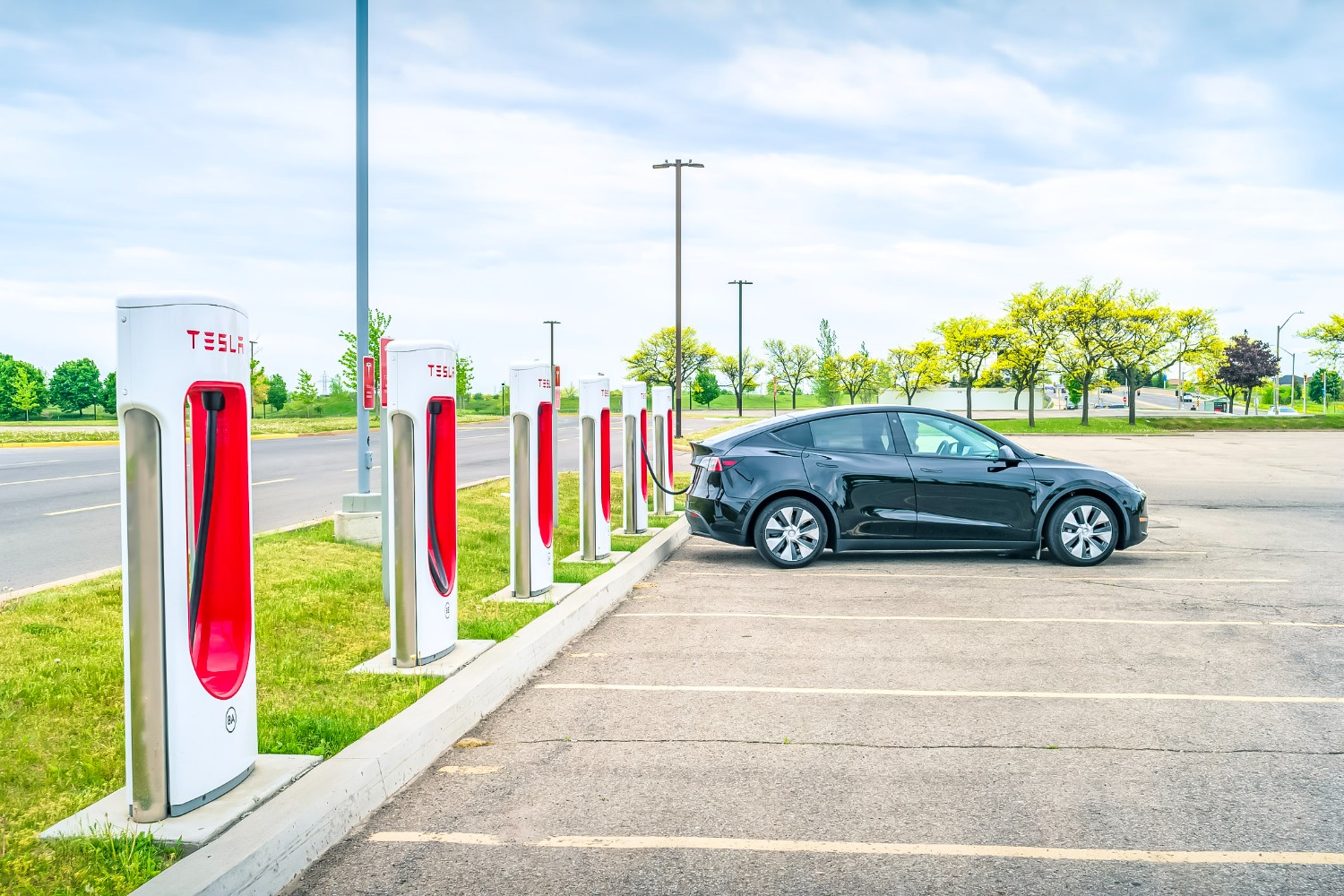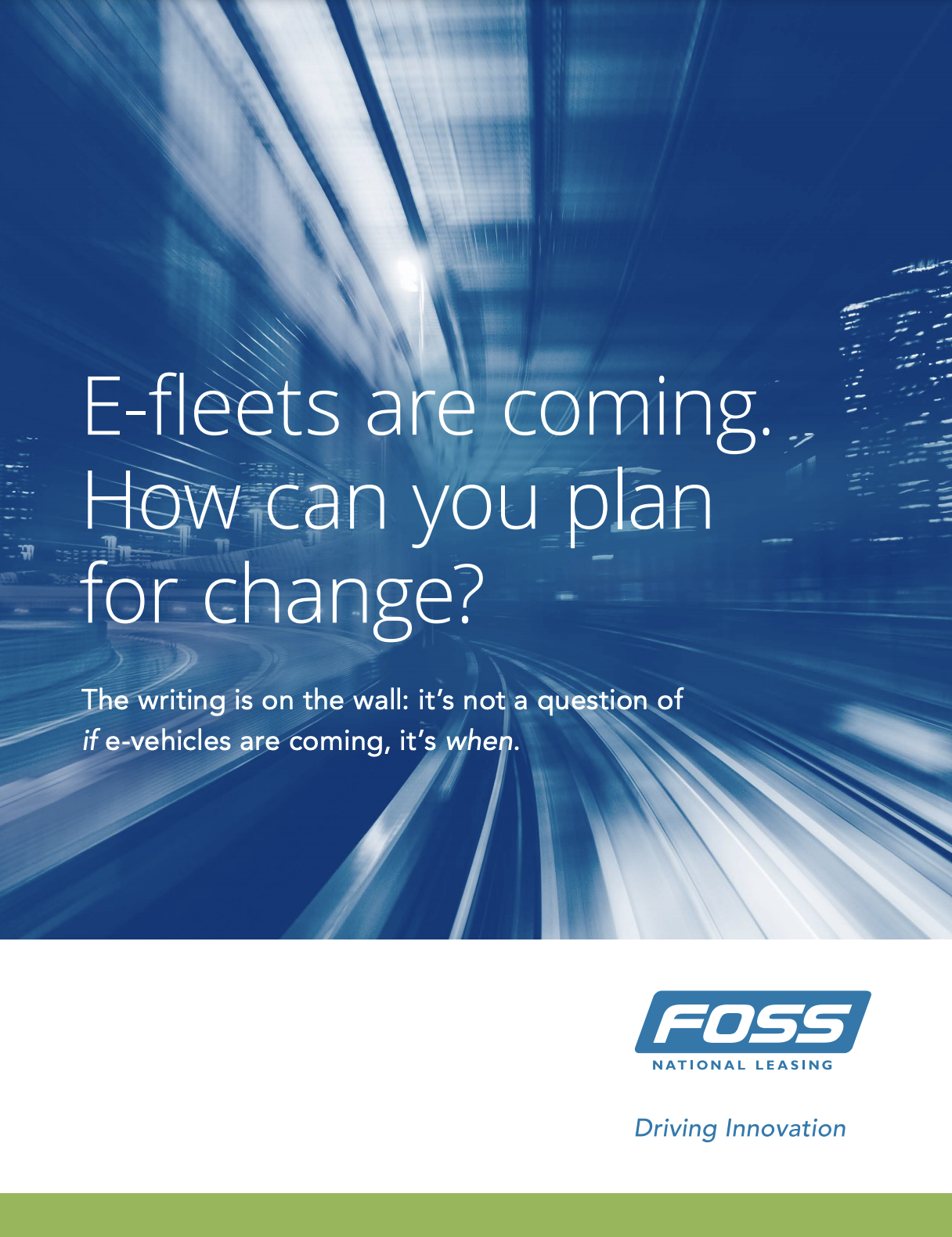
In today’s blog, we interview fleet electrification consultant David Staniforth.
David sits on the board of Dana TM4, a company that designs and manufactures electric propulsion systems for the automotive industry. Previously, he was responsible for new business development for the automotive division at Canadian Tire. He specializes in consulting to companies and fleet operators on the disruption that is happening in the fleet industry around electrification, shared platforms, new purchase models, and more.
In this interview, David provides insight into the key factors that will impact the adoption of EVs for fleets, including:
- Public, at-home, and workplace charging
- Maintenance costs
- Carbon taxes
Let’s dive into our conversation with David Staniforth!
What role does public charging play in the widespread adoption of EVs in Canada?
Charging infrastructure is by far the biggest challenge to mass EV adoption. Previously, the main challenges were vehicle availability and range anxiety, but those areas are developing much faster than people expected. Both vehicle and battery technology are moving fast, and the big hurdle now is charging availability.
Oil companies were the main driver behind the development of the automotive and fuel industries. But so far, the electric vehicle industry has been driven by OEMs, primarily Tesla and Volkswagen. Energy producers will also need to push the industry forward, and we are beginning to see indications of that in Europe, primarily with BP and Shell.
The biggest issue is ensuring there are enough public charging stations because you can only push people to use home charging if they have a home and a parking spot. People living in condominiums or apartments may not have the option to invest in home charging; mass EV public charging will need to address this.
Within five years, the time it takes to charge a car will be the same amount of time it takes to fill up a gas tank because high speed charging is developing so quickly. In addition, new charging business models, such as at grocery and big box stores, will allow drivers to charge while performing other tasks. This increase in fast charging options on a larger scale will allow more people and businesses to transition to EVs.

What considerations should businesses make around investing in charging infrastructure at the workplace?
The base assumption over the last few years is that people will charge at home. However, businesses should move quickly and consider investing in workplace charging.
There are two parts to this. The first is fleet applications, where people need their vehicles to do their work and get compensated for their mileage. They, in particular, need to seriously look at installing charging at the workplace because there are liability issues if you ask your employees to charge vehicles at home.
Subsidizing home charging gets very complicated when you don't own the property. Whereas at the workplace, businesses can invest in higher speed charging, avoid complications, and ease employee hassle. This can also become a competitive advantage in hiring talent.
The second part is expanding the public charging networks. The current cost/revenue mix makes it difficult to get sufficient payback on dedicated charging infrastructure, and businesses should look to monetize their investment by opening their charging infrastructure up to the public. They can structure it by giving employees priority or only allowing public access at certain times.
Should businesses invest in home charging stations for their employees?
I think businesses will be wise to almost ignore home charging. The complications of investing in home charging for employees and opening up the potential liability issues likely make it a sunk cost you will never recover.
We're still at the early adopter stages of EVs, and most drivers have to charge at home because there is limited access to public charging. Canada currently lacks the network needed for wide-scale adoption.
But I think we are in a transition where public charging will move very quickly. If your employees are asking for home charging, you may want to offer it as a benefit similar to any of your other employee benefits. But I would say businesses should focus on workplace charging.
What future scenarios around EV charging could be helpful for fleets as they adopt EVs?
The big risk drivers have today is that there is little or no interchangeability between providers. For example, the only people that can currently use Tesla chargers are Tesla drivers. That has to change, and right now it is the question of how long it will take to get there. There is already movement. Tesla is actually talking about opening up their charging stations to other vehicles, and I think the pressure will be on them to do that. If the OEMs or the suppliers don't do it themselves, governments will legislate it.
Heavy-duty trucks are driving this change in the market towards common charging. The technology has been moving fast in heavy-duty trucks because they need high-speed charging to be feasible. The four biggest truck companies in the world are aligning on a common standard, and the biggest car companies will likely do the same. Tesla might still stick with their own network as a differentiator, but everybody else will likely get on board with a common charging system. It will be interesting to see if the traditional energy companies will take a big share of this new market. So far, they have been slow to move.
With very limited vehicle availability, feets likely won’t be going fully electric until 2025, but we need to start thinking about how the scenario will look. Looking at how fast things are moving from a technology standpoint, power and range will be vastly improved, charging will become much quicker, and EVs will become more available.

How do EV costs compare to those for gas and diesel vehicles?
The reality of auto service today is that cars are well made and break down less often than they used to. For a long time, the common perception was that EVs would have much lower maintenance costs, and I believe that will be the case in the long term, but because Tesla has skewed the EV market towards premium vehicles in the short term, we are not yet seeing the reductions in maintenance that we expect.
A good example of this is in tires, where we have very heavy, high torque vehicles like a Tesla, that wear tires out at an accelerated rate. As EVS increase in popularity, and are optimized for TCO in fleets, we should see lower maintenance rates becoming reality, with big savings on brakes and oil changes.
However, some automotive maintenance providers will search for ways to upsell EV maintenance services like inspections and detailing, to compensate for the reduction. Businesses need to keep their eyes on this, or risk missing out on significant maintenance savings, which should be 20% or more when transitioning to EVs.
A big advantage of electric vehicles in terms of maintenance is regenerative braking. Drivers rarely need to apply the brakes, so pads and rotors don’t wear nearly as fast.

How do you think carbon pricing will impact the transition to fleet electrification?
Up until now, carbon pricing has been used to push aside combustion engines, but it’s just the beginning. The tax level today in Canada, depending on provincial implementation, is only $50 a ton, and it’s supposed to increase to $135 within the next 3 to 4 years. Whether or not that will happen is very much a political question.
Carbon pricing will accelerate the move to electric, but I am unsure if it will be the only tool to do so. User fee road pricing might be a more efficient way to achieve lower emissions. If the objective of a society is to minimize pollution in cities and reduce carbon dioxide, you need to get people driving electric and traveling by mass transit. Differentiated road pricing is a great way to do that, and it could also be more attractive to governments because carbon pricing has become a sensitive issue.
In the long term, I see us moving away from standard registration fees combined with fuel taxes, to user-based road pricing, both to generate the necessary tax revenue, and achieve better traffic and environmental outcomes.
I don’t see carbon pricing as a huge issue for businesses because there will be other taxes and costs that will be even bigger. There are other considerations for businesses besides vehicles during the electric transition. I believe transitioning heating and industrial processes to electric will likely be the biggest hurdle for many businesses.
Get to Know the Author
Dave is a highly motivated, innovative and results-oriented sales executive. He is passionate about coaching and sustaining high-performance teams that enhance the customer experience and achieve business objectives.
He knows the fleet business from the ground up with over two decades of fleet management experience. He has held several senior management roles overseeing new business development, customer satisfaction, account management and operations.
Dave maintains a keen aptitude for continually assessing and adapting to the needs of clients.
Meet our team






